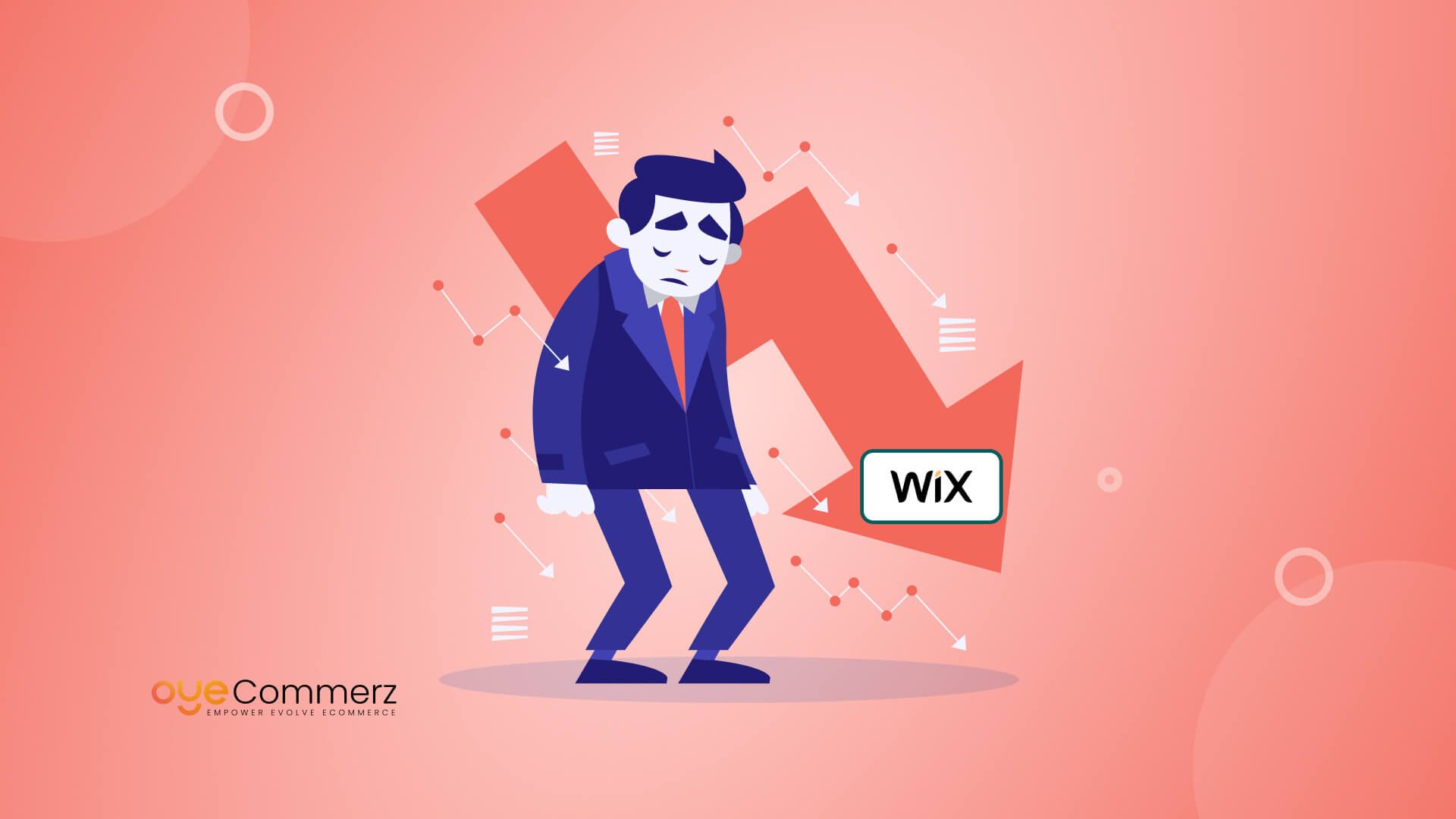In today's online environment, choosing the appropriate e-commerce platform is essential for business success. If you are currently utilizing Wix but thinking about a switch to Shopify, you are in good company. Many companies are migrating to Shopify to leverage its robust features, expandability, and dedicated e-commerce tools. This article will walk you through the transition process, ensuring a smooth transition and setting you up for e-commerce achievement.
Why Migrate from Wix to Shopify?
Before exploring the migration process, it's important to understand why Shopify could be a better choice for your e-commerce needs:
- E-commerce Focus: In contrast to Wix, which caters to multiple website types, Shopify is engineered specifically for e-commerce, providing sophisticated tools and functionalities tailored for online selling.
- Growth Potential: As your business expands, Shopify can easily accommodate higher traffic and transactions capacity without compromising efficiency.
- Wide-ranging App Ecosystem: Shopify provides a large library of apps that can boost your store's functionality, from marketing tools to stock control solutions.
- Search Engine Optimization: Shopify offers better SEO tools, which can help improving your store’s visibility on search engines.
- Transaction Methods: With multiple transaction platforms available, including Shopify Payments, you can offer shoppers a wide range of options.
Getting Ready for Transition
To guarantee a trouble-free migration from Wix to Shopify, adhere to these preparation guidelines:
1. Save Your Information
Download all your information from Wix, including product details, customer information, and transaction logs. This process is vital as it ensures you have a copy of everything before starting the transfer.
2. Choose Your Shopify Plan
Evaluate the various Shopify subscriptions offered and select one that best suits your business requirements. Consider factors such as transaction fees, features included, and growth potential.
3. Set Up Your Shopify Account
Register your Shopify profile and explore the platform’s interface and features.
The Migration Process
Now that you're ready, it’s time to migrate your store from Wix to Shopify. Here’s how:
1. Import Products
Utilize Shopify's built-in import tool or external migration apps like Cart2Cart or LitExtension to transfer your items from Wix to Shopify.
Make sure that product descriptions, pictures, prices, and options are correctly imported.
2. Transfer Customer Data
Upload customer information such as user names and email addresses into your new Shopify store. This process is vital for maintaining client connections and advertising strategies.
3. Set Up Payment Gateways
Set up payment gateways in your Shopify store to guarantee smooth payments. You can choose from various platforms like credit cards, PayPal, and others.
4. Personalize Your Store Design
Choose a design that reflects your business Shopify apps image. Modify it using Shopify's customization options to create an appealing and intuitive store layout.
5. Search Engine Optimization
Apply SEO strategies during the migration process:
- Set up 301 redirects from old Wix URLs to new Shopify URLs.
- Enhance item names, descriptions, and photos with relevant keywords.
- Modify meta tags and alt texts for better search engine visibility.
Post-Migration Steps
Once your store is live on Shopify, consider these follow-up steps:
1. Check Your Website
Conduct comprehensive testing of your new store:
- Check product pages for accuracy.
- Test payment processes.
- Make sure all links work correctly.
2. Launch Marketing Campaigns
Announce Online store your new store launch through newsletters and social media channels.
Consider offering special offers or discounts to attract customers.
3. Track Your Progress
Use analytics tools within Shopify to track sales performance and user activity.
Adjust your strategies based on data insights.
Conclusion
Migrating from Wix to Shopify can significantly enhance your e-commerce capabilities and lay the foundation for growth and success. By adhering to this guide and taking a systematic approach to the migration process, you can guarantee a seamless transition that minimizes downtime and boosts opportunities for sales. Welcome the change and watch your online business thrive on its new platform!
